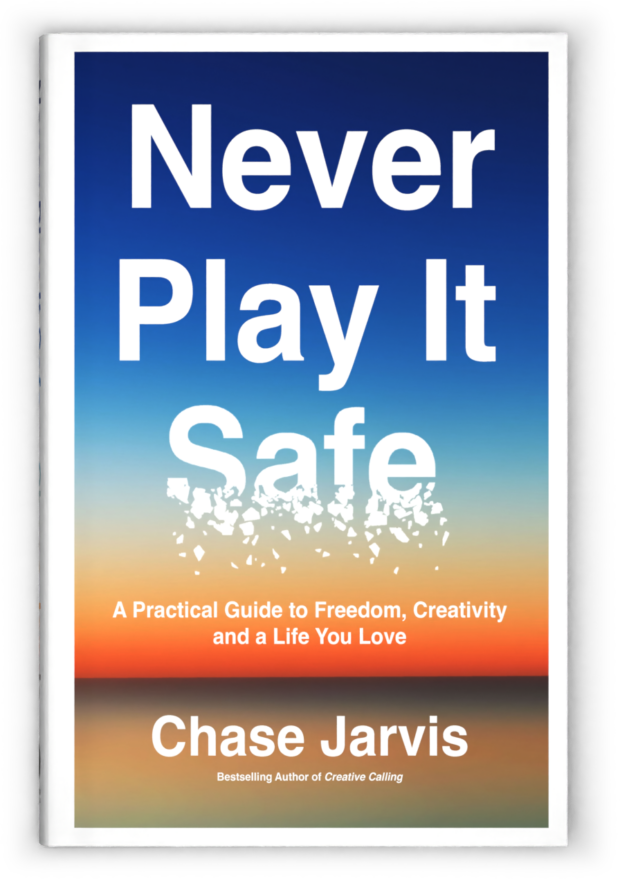If you’ve ever questioned the power of an image, consider the current news cycle. The US government has decided it won’t show images of the dead Bin Laden.
If you’re wondering why, the answer is simple. A photograph–an image–is an incredibly powerful thing. It can be a tool, intentionally or incidentally. It can tell an entire story of a month, year, decade, or a generation, captured in perhaps just 1/1000 of a second. An image change a life, end a war, start a riot, bring someone joy, inspire a revolution, open or close a debate. An image can move the world.
My point has nothing to do with the governments treatment, or lack thereof, of the Bin Laden image…should or shouldn’t, left or right in America, good versus evil, or any other debate along political lines. That is not my point, and this is not the forum here for those discussions. Don’t go there. Instead it has everything to do with the proof of the power of an image. Therein lies the only reason that this debate rages on. If it weren’t powerful, there would be nothing to say.
My point is a simple one and specifically this: if you’ve ever doubted if, in this modern era with technology moving a light speed, whether there is still respect and value for the 130 year old concept of a photo, think again. If you’ve ever wondered if the power of a photograph is waning, think again. The power of a photograph is at an all time high. Sometimes we… need these reminders.
Consider this as you go to work with your camera.













I would like to point out a crucial difference between what you said and what I believe to be the greater truth:
A photo has and always will have the POTENTIAL to be powerful.
That’s very different from saying that a photograph IS powerful.
The fact is, we are inundated with photography. As a result, we become desensitized to photography as a whole and are therefore more likely to miss the occasional, incredibly powerful one that does come along.
This particular picture of a dead Bin Laden? Well of course it’s powerful… It’s the picture of a very very very very very VERY specific dead guy. That kind of context carries huge weight with it.
If it were a picture of a random dead Iraqi civilian? Well, we have a buttload of those don’t we? Nobody’s debating whether to release those, because they’re already out there and you can see them anytime you like…
In other words, in this particular case, the debate over whether to release a picture of the dead Bin Laden has more to do with context than it does with the image itself.
And that’s a more narrow definition of whether a photograph is powerful than you described.
I kind of agree with Raji. I will however say that photos of random, non specific “Dead People” that came out of Rwanda, et. al. were what caused the international community to take notice and act. Those in power around the world were aware that the killings were taking place. It wasn’t until images started to be circulated that action was actually taken. I guess that may be part of Chase’s point.
Agreed, Alessandro. I should have made it more clear that I do think it takes photography to get things moving, and that they have incredible power. I don’t think that could be denied.
I was just objecting to an absolute, all-encompassing statement about photography.
You absolutely nailed it! Loved reading this post.
I couldn’t agree more. Well said.
I often times forget that I’m documenting history when I’m shooting. I forget that this event or time will never happen again in this exact way. When I actively think about it, it gives me chills to think that 20, 50, 100 years from now, someone may look at my work the way I look at photos from the ’30s.
(I would just like to say that is good to see people discussing the importance of one single image rather than getting into a heated and opinionated argument. Good to see, and I look forward to reading this over then next few hours!)
David, I couldn’t agree more.